Women Empowerment
Women empowerment
Women Empowerment Project
The Self-Help Group Approach (SHGA) is a powerful tool for community development, empowering individuals and fostering collective growth. Unlike conventional women’s groups, SHGA drives transformation across economic, social, and political dimensions, delivered through structured People’s Institutions.
At Haki Centre, the approach is being implemented to enhance the overall well-being of children in Kwale County, Lungalunga Sub-County. The approach promotes women’s empowerment, advocates for children’s rights, and fosters self-reliance among youth through structured women groups, children’s groups and youth-focused apprenticeship programs.
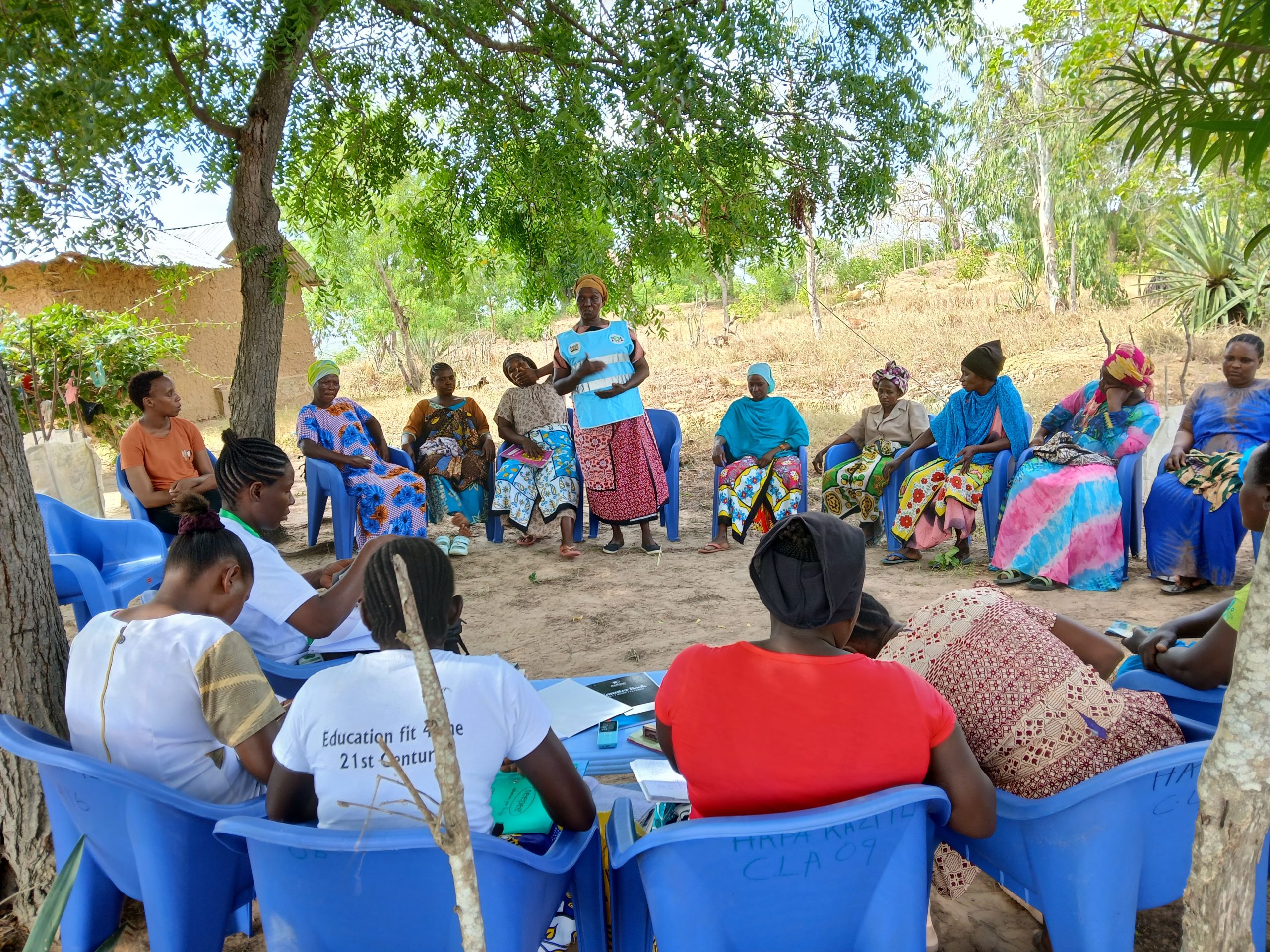
Why Does The SHGA Model Empower Children by Investing in Women?
Targeting children through women in SHGA is a deliberate and impactful strategy that acknowledges the central role women play in the well-being of their families. As the saying goes, “If you educate a man, you educate an individual; but if you educate a woman, you educate a family and a nation.”
In many communities, women serve as the primary caregivers and key decision-makers in matters affecting their children’s welfare. Therefore, empowering women with skills, resources, and knowledge increases the likelihood that they will invest in creating a nurturing environment where children can thrive.
The SHGA Concept
SHGA is built upon three foundational pillars; Social, Economic, and Political Empowerment which together form the essential framework for enabling marginalized individuals, especially women, to realize their human rights, dignity, and equality as sustainable change cannot be achieved in isolation.
- Social empowerment fosters confidence and collective identity
- Economic empowerment provides access to resources and financial independence
- Political empowerment ensures active participation in decision-making processes.
By strengthening these pillars, SHGA supports the creation of inclusive, community-driven institutions where individuals are empowered to become agents of change and equal partners in civil society.
SHGA People's Institution PIs
The scalable model is structured in a three-tier graduation model called the Peoples Institutions.
1.Self Help Groups (SHGs)
SHGs are the foundation of the SHGA model. Comprising 15–20 of the poorest women, these groups build solidarity through structured savings and economic empowerment. At the household level, SHGs enable women to start income-generating activities that improve family livelihoods. Beyond economic benefits, the groups serve as platforms for social transformation, peer support, and grassroots leadership development by reducing isolation, building confidence, and preparing women to actively engage in community decision-making.
2.Cluster Level Associations (CLAs)
CLAs form the second tier of the SHGA model, bringing together 8–10 SHGs to address broader community-level issues. Their key roles include ensuring the sustainability of SHGs through training, facilitating linkages to essential services, lobbying for improved service delivery, and engaging with local leaders on emerging community needs. CLAs also play a critical advocacy role in advancing children’s rights by overseeing the effective functioning of Children Groups and youth apprenticeship programs.
3.Federations
At the top level are Federations, each composed of at least 8 CLAs. The Federations function as registered Community-Based Organizations (CBOs) under the Ministry of Labour and Social Protection, through the Department of Social Development. They play a critical role in leading policy engagement, strengthening grassroots representation, and ensuring the long-term sustainability of the SHGA model. They also advance children’s rights, ensuring that children and youth are meaningfully involved in shaping policies that impact their lives.
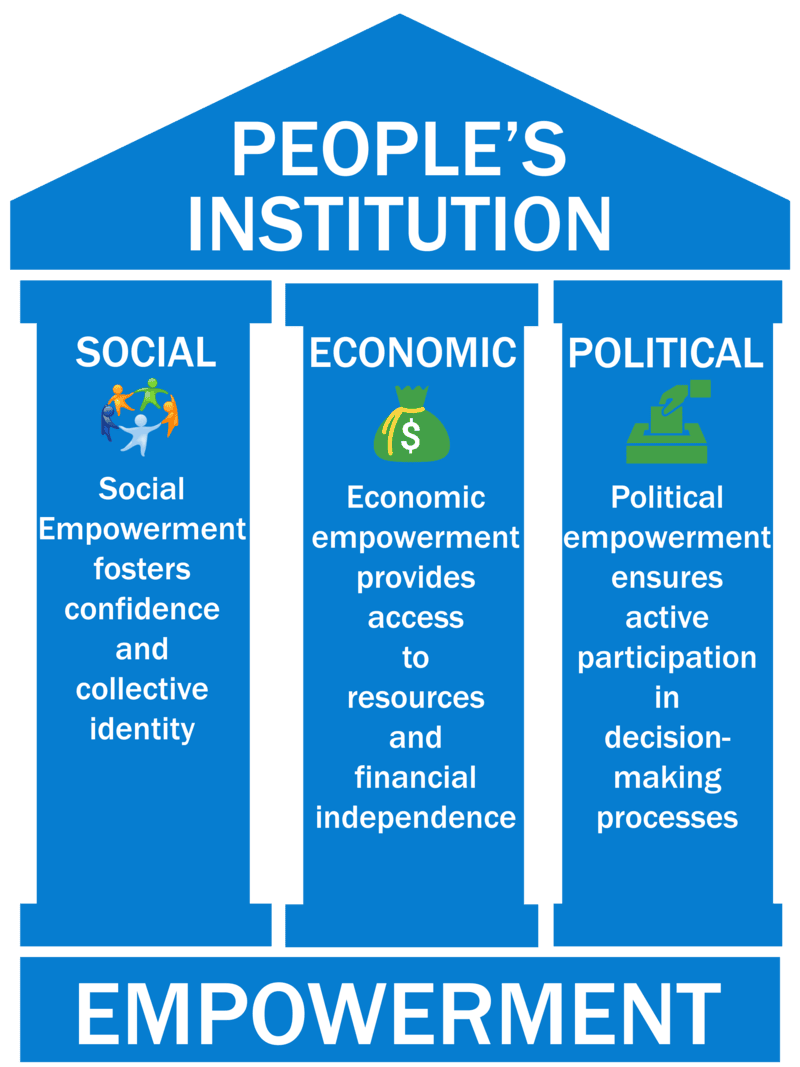
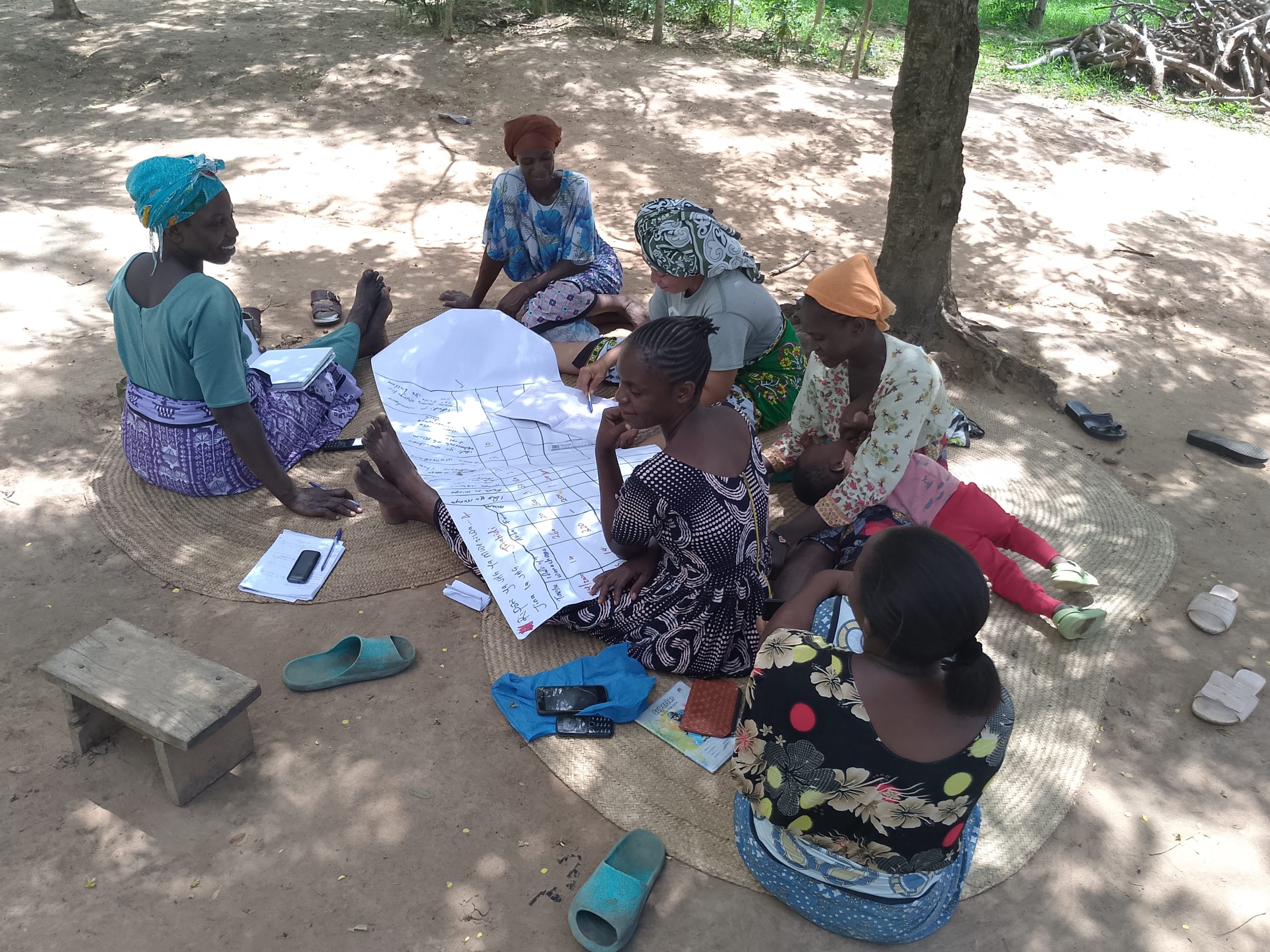
Children and Youth Involvement in SHGA
Children, their well-being, and their rights are central to Haki Centre’s implementation SHGA. Their direct involvement, voices, and contributions are not only valued but prioritized as a critical component of ensuring inclusivity, intergenerational equity, and long-term community transformation. We employ a two-fold approach to effectively engage children in our programs.
- Children Groups (CGs)
Children’s Groups (CGs) provide a child-friendly environment where 20–25 boys and girls, aged 7–11 and 12–16, come together to play, learn, and discuss issues that matter to them. Meeting weekly, the groups engage in life skills development, non-formal education, children’s rights awareness, and recreational activities. The safe spaces promote the holistic well-being of children (physically, mentally, emotionally, and spiritually) through the four pillars of child rights: participation, protection, provision, and development. These spaces are intentionally designed to be inclusive, ensuring that differently abled children can fully participate, express themselves, and benefit from the same opportunities as their peers.
- Community-Based Training (CBT)
For youth aged 18–25, we provide Community-Based Training (CBT), which focuses on skills development and market-relevant apprenticeships for vulnerable youth populations. This program is designed to address local gaps in employment opportunities, giving young people the chance to acquire valuable skills that open doors to economic independence. Through CBT, we equip youth with the tools they need to build successful lives, contribute meaningfully to their communities, and become advocates for positive change.
SHGA Key Achievements
- 100 Self-Help Groups (SHGs) have been established, bringing together a total of 1,890 members.
- Through the collective efforts and commitment of the women involved, a cumulative total of KES 7,708,390 has been disbursed in loans to beneficiaries, an achievement which has been realized through a cumulative capital base of KES 3,524,871.
- Improved access to credit has empowered women to launch small businesses and acquire productive assets such as livestock and essential household items.
- 9 CLAs comprising 72 SHGs have been formed and are actively working towards addressing social service needs within Lungalunga subcounty.
- 6 Children Groups engaging 150 children aged between 7–16 years have contributed to enhanced child protection awareness within households and communities, promoting responsible parenting and stronger family cohesion through participatory activities.
Partners and Donors
The project is funded by Kindernothilfe through National Coordination Office (NCO) in Kenya.
Key stakeholders include
- National Government Administrative Officers (NGAOs).
- The National Police Service.
- The Department of Children Services.
- Relevant Public Benefit Organization (PBO) in Kwale County.

Gallery
Project Gallery
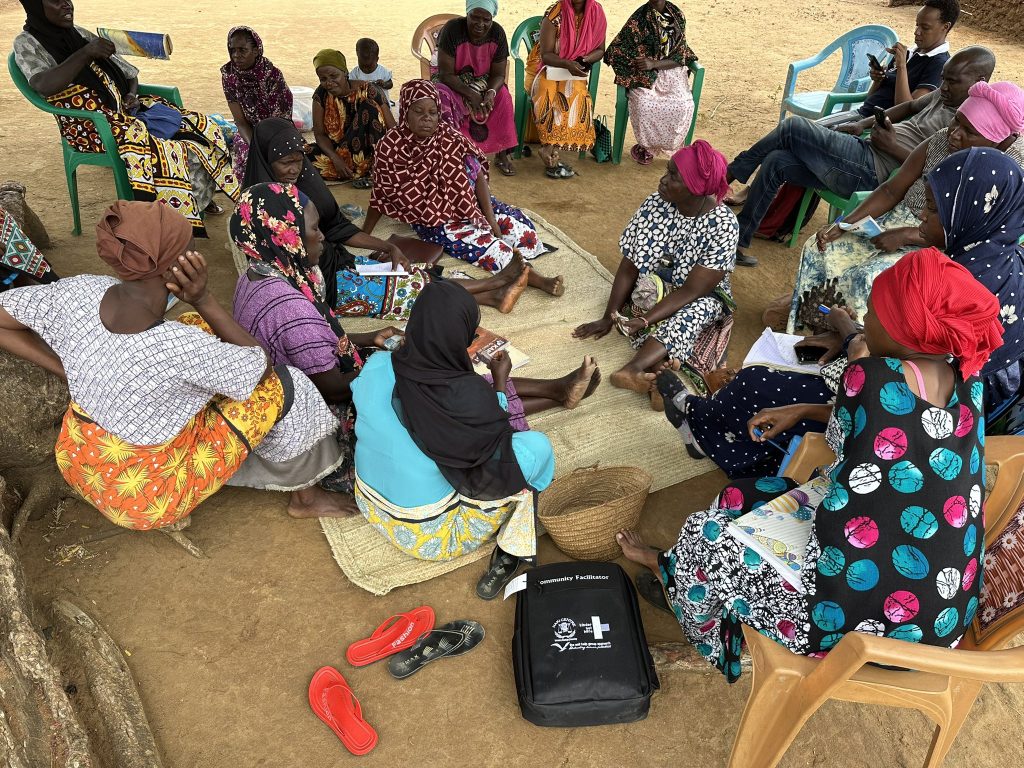

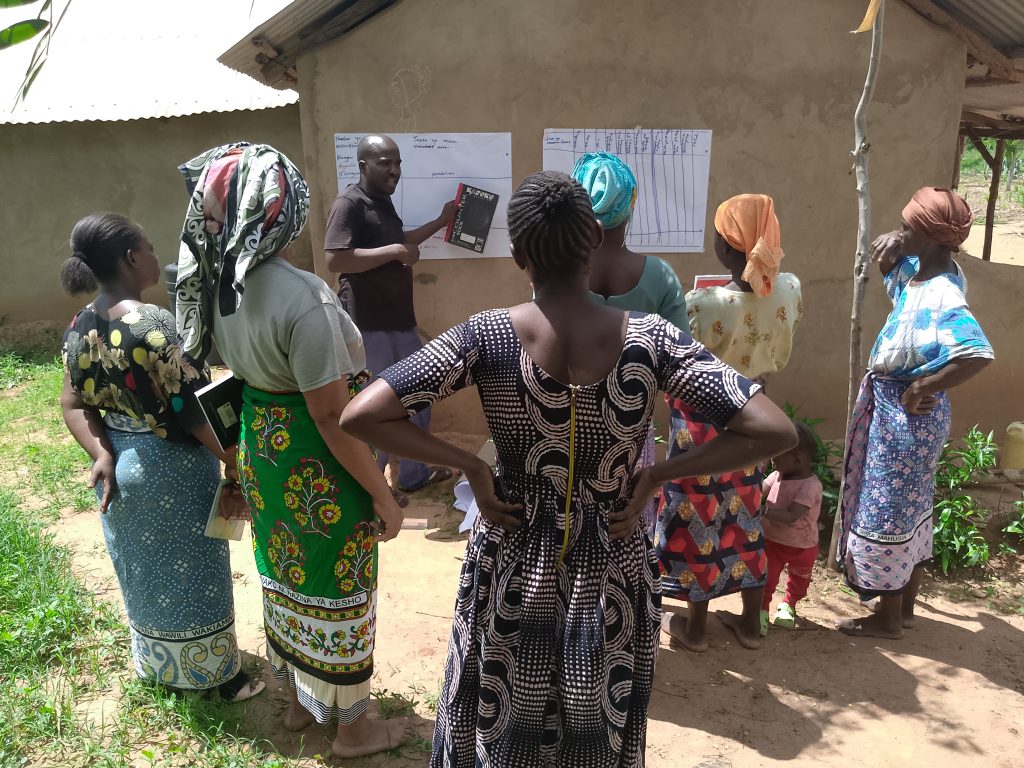

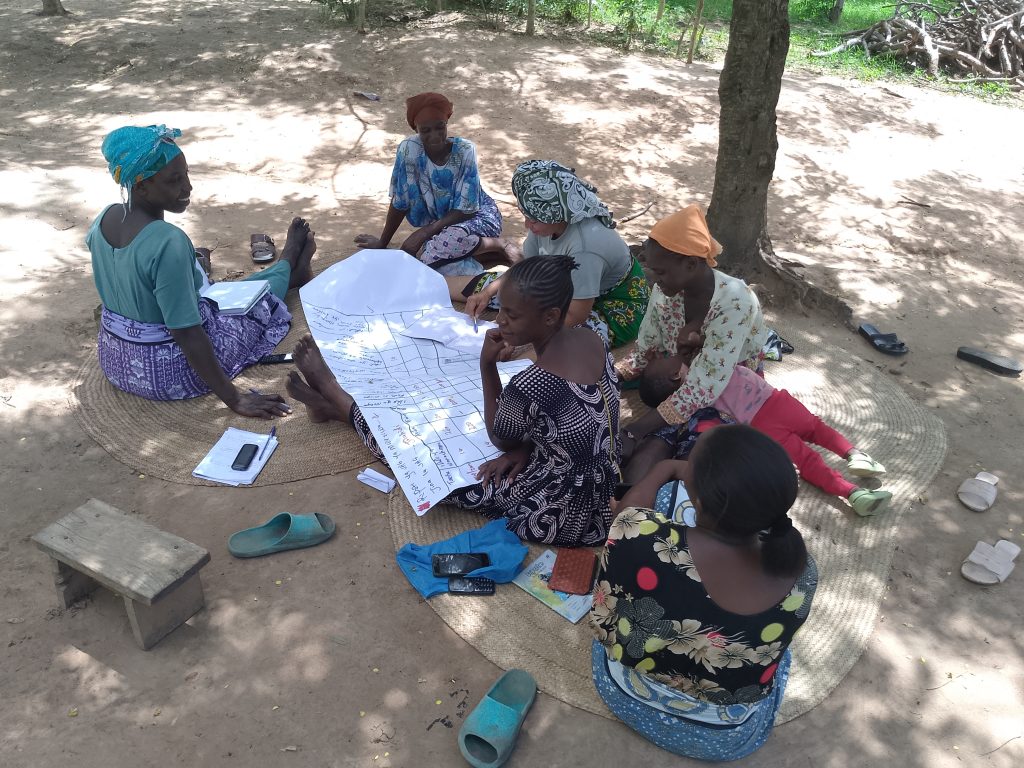
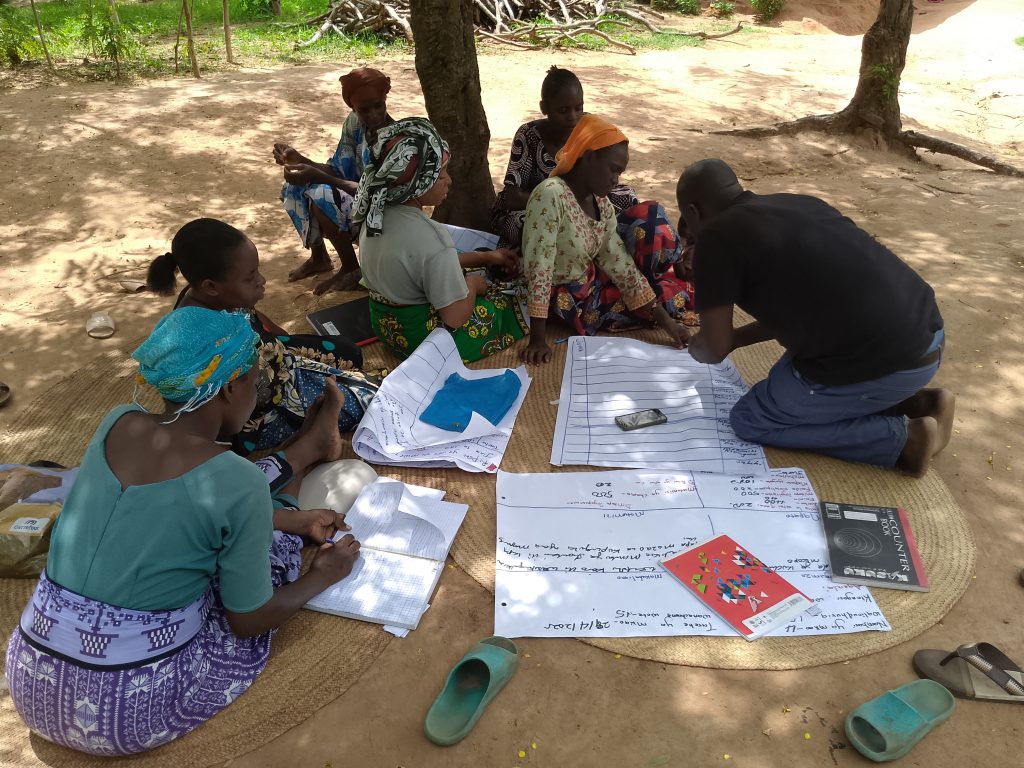
Support Justice & Empower Communities
Useful Links
Opening Hours
Sat : Closed
Sun : Closed
Public Holiday : Closed
